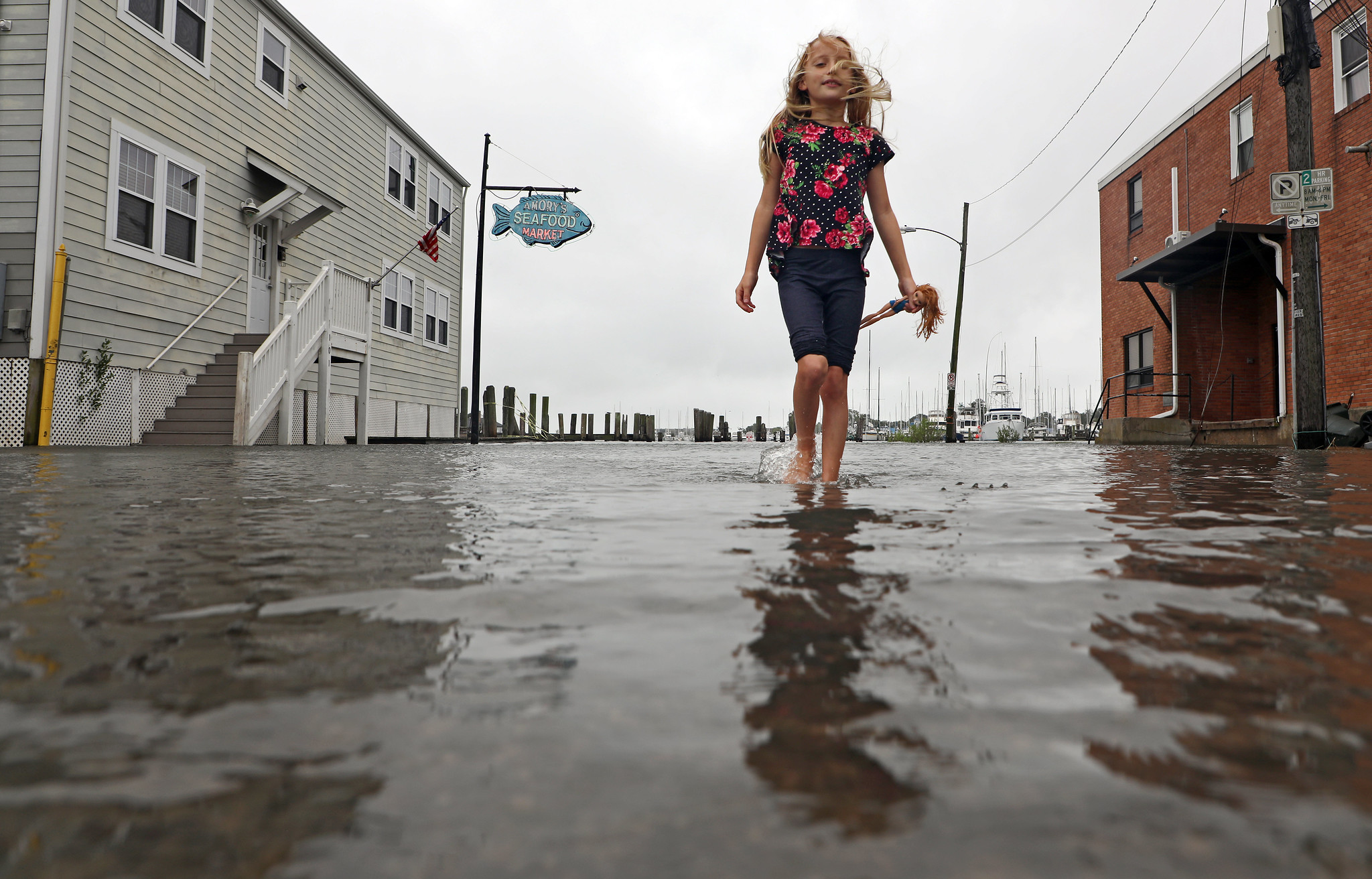Horseshoe crabs are a popular bait for eel and whelk, but scientist seek a more sustainable bait
For years, commercial eel and whelk fishers have dealt with a dilemma: they know the best bait to attract eel and whelk, locally known as conch, is a female horseshoe crab. However, harvest limits are in place to protect the Delaware Bay’s horseshoe crab population and the threatened migratory shorebirds that depend on their eggs as a food source. Commercial fishers have long worked within these limits, dividing each bait crab into pieces to bait multiple eel or whelk pots.
A research team led by Nancy Targett, director of Delaware Sea Grant, dean of UD’s College of Earth, Ocean, and Environment and an ecologist who studies the chemical cues that influence animal behavior in the sea, has developed an artificial bait that has the potential to reduce the number of horseshoe crabs needed to catch eel and whelk.
Our hope is that this new bait will meet the fishing community’s needs and at the same time protect the horseshoe crab,” Targett said. “Delaware Sea Grant’s motto is ‘Science Serving the Delaware Coast,’ and we are grateful that so many partners shared in that spirit to move this project forward.”
The new bait came after years of research, which was spurred in part by a surprising fact: eel and whelk do not typically feed on adult horseshoe crabs in their natural environment, yet they find them hard to resist in baited pots.
Targett and her research team set out to identify the mysterious “scent” that lures in eels – and come up with a bait alternative to horseshoe crabs, which have experienced population declines in recent decades.
Each May and June, horseshoe crabs lay large numbers of these small green eggs on Delaware Bay beaches. Migratory shorebirds, such as the endangered red knot, arrive around the same time to feast on surplus eggs before continuing their long journey from South America to their Arctic breeding grounds.
As horseshoe crab populations dropped considerably in the 1990s, so did the numbers of red knots. With the horseshoe crab decline largely attributed to their increased demand as bait in the commercial whelk pot fishery, the Atlantic States Marine Fisheries Commission (ASMFC) established a fisheries management plan with strict harvest quotas. Since the plan was adopted, increases have been noted in segments of the horseshoe crab population.
With whelk as a popular seafood staple in Asia and an ingredient used domestically in chowders and fritters, demand for horseshoe crabs as bait continues to be high, particularly for female crabs, making an equally effective alternative appealing both economically and environmentally.
“This alternative bait is the result of a great partnership among academic researchers, scientists, government, a private corporation and the commercial fisheries industry. By working together, they have found a solution that has great economic and environmental benefits, both now and for the future of bait development.” – Governor Jack Markell
To reach the goal of finding an alternative bait, Targett partnered with DuPont scientists to analyze the horseshoe crab’s chemical makeup. Concurrent with the chemical approach, Targett’s lab developed artificial bait made from alginates (compounds found in brown seaweeds and kelp), a small amount of coarsely ground horseshoe crab and food-grade chemicals including baking soda and citric acid. When mixed together, these ingredients form a quick-set gelatin that keeps for up to four days.
Compared with using half of a female horseshoe crab, which is the Delaware limit, the mixture was just as productive in catching eel using only one-eighth of a female. By substituting an invasive species, the Asian shore crab, the researchers cut that amount down to as little as one-sixteenth of a horseshoe crab. They tested catching whelk with the bait and found similarly successful results.
In addition, despite speculation that female horseshoe crabs were better baits than males, the scientists found that artificial baits composed of males or females were equally effective. The Delaware limit is one whole male per trap or pot.
LaMonica Fine Foods in Millville, N.J., has started producing the bait commercially. Field tests in Delaware Bay with local whelk fishermen have been successful so far.
“The hallmark of this bait is that everyone wins,” said Jim Roussos of LaMonica Fine Foods LLC. “This is a major step in conserving the natural resource of horseshoe crabs”


